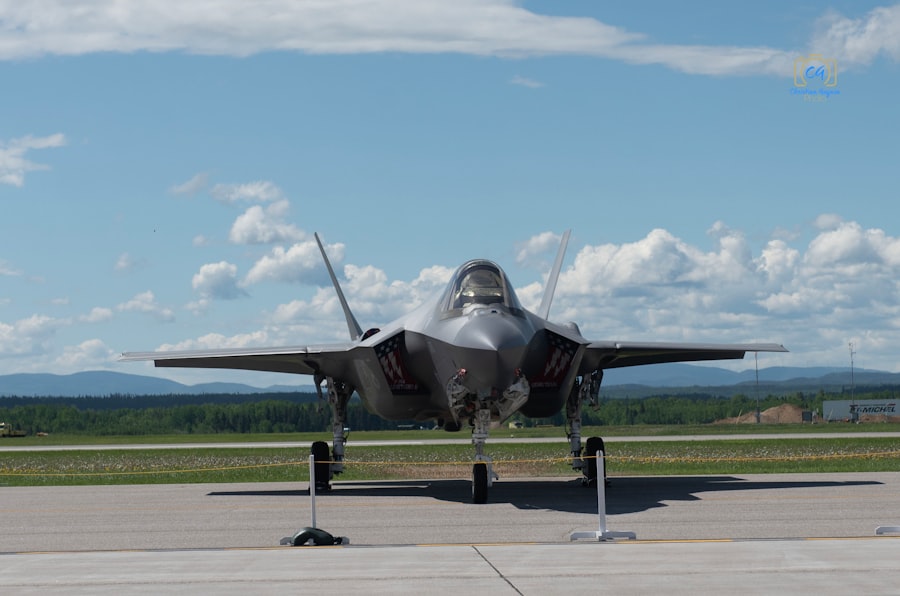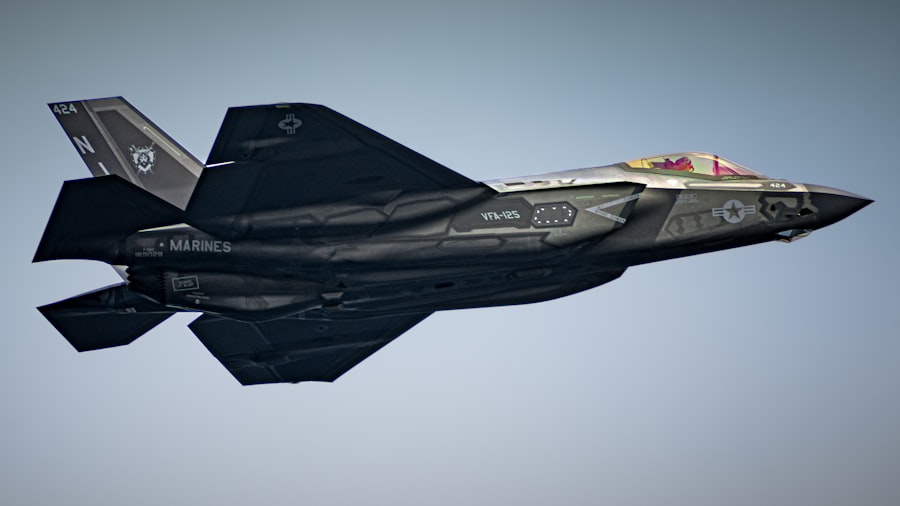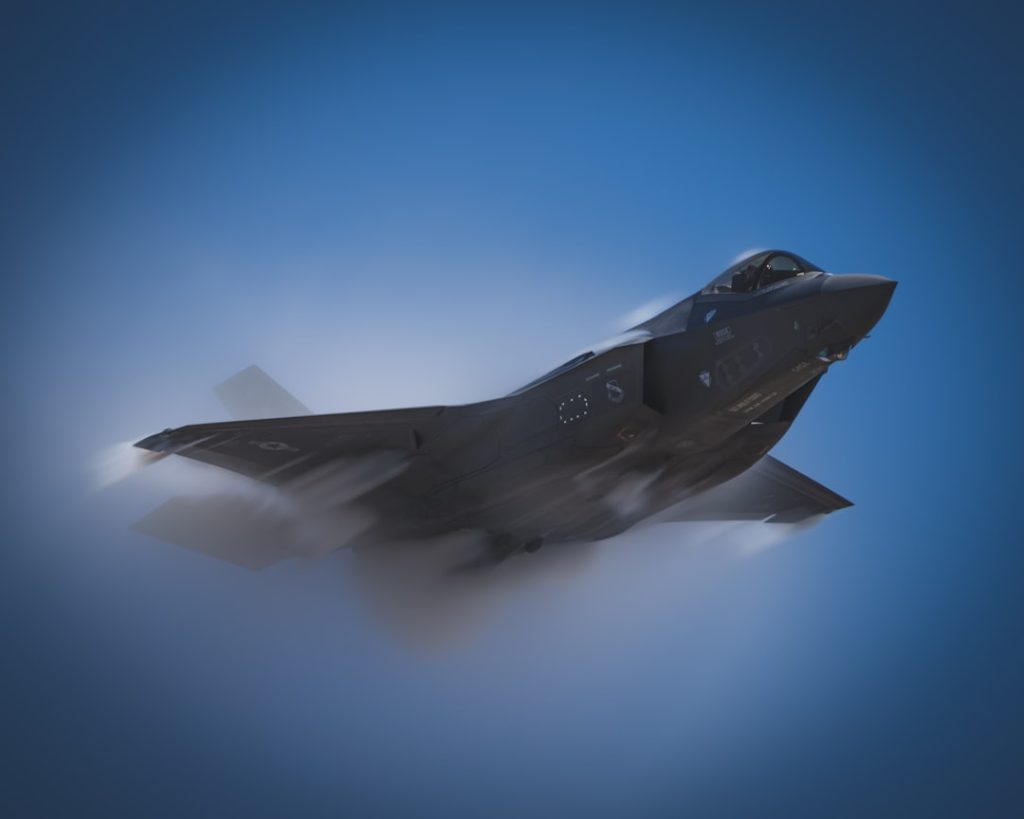The F-35 Lightning II, developed by Lockheed Martin, represents a significant leap in military aviation technology and capabilities. Designed as a fifth-generation multirole stealth fighter, the F-35 is intended to perform a variety of missions, including air-to-air combat, air-to-ground strikes, and intelligence, surveillance, and reconnaissance (ISR) operations. The program began in the late 1990s as the Joint Strike Fighter (JSF) initiative, aiming to create a versatile aircraft that could meet the needs of multiple branches of the U.S.
military and allied nations. The F-35 comes in three variants: the F-35A for conventional takeoff and landing, the F-35B for short takeoff and vertical landing, and the F-35C designed for carrier operations. The F-35 program has garnered attention not only for its advanced capabilities but also for its ambitious scope.
With over 1,700 aircraft planned for production across various branches of the U.S. military and numerous international partners, the F-35 is poised to become a cornerstone of modern air power. Its development has been marked by significant technological innovations, extensive testing, and a commitment to interoperability among allied forces.
As nations increasingly recognize the importance of advanced air capabilities in modern warfare, the F-35 stands at the forefront of this evolution.
Key Takeaways
- The F-35 is a fifth-generation fighter jet designed for multi-role capabilities and advanced technology integration.
- Advancements in technology include stealth capabilities, advanced sensors, and integrated communication systems.
- The F-35’s multi-role capabilities allow it to perform various missions such as air-to-air combat, air-to-ground strikes, and intelligence, surveillance, and reconnaissance (ISR) missions.
- The global impact of the F-35 includes its deployment in multiple countries and its role in shaping international defense strategies.
- Challenges and controversies surrounding the F-35 include cost overruns, technical issues, and debates over its effectiveness compared to other aircraft.
Advancements in Technology:
One of the most striking features of the F-35 is its incorporation of cutting-edge technology that enhances its operational effectiveness. The aircraft is equipped with advanced avionics systems that provide pilots with unparalleled situational awareness. The Distributed Aperture System (DAS) allows pilots to see a 360-degree view of their surroundings through multiple infrared sensors, effectively turning the cockpit into a digital battlefield.
This capability not only aids in threat detection but also enhances targeting accuracy and mission planning. Moreover, the F-35’s stealth technology is a game-changer in aerial combat. The aircraft’s design minimizes its radar cross-section, making it difficult for enemy radar systems to detect and track it.
This low observability is complemented by advanced electronic warfare systems that can jam enemy radar and communications, further enhancing its survivability in contested environments. The integration of sensor fusion technology allows the F-35 to process vast amounts of data from its onboard systems and external sources, presenting pilots with a coherent picture of the battlefield. This technological synergy enables the F-35 to operate effectively in complex scenarios where traditional aircraft might struggle.
Multi-role Capabilities:

The versatility of the F-35 is one of its most significant advantages, allowing it to perform a wide range of missions across different combat scenarios. Unlike traditional fighter jets that are often optimized for specific roles, the F-35’s design philosophy embraces a multirole approach. This means that a single aircraft can seamlessly transition between air superiority missions, ground attack operations, and intelligence gathering tasks without requiring extensive modifications or reconfiguration.
For instance, during Operation Inherent Resolve against ISIS, F-35s were deployed to conduct precision strikes against enemy positions while simultaneously providing close air support for ground troops. The aircraft’s ability to carry a diverse array of munitions—including precision-guided bombs and air-to-air missiles—enables it to engage various targets effectively. Additionally, its advanced targeting systems allow for real-time data sharing with other assets on the battlefield, enhancing coordination among joint forces.
This adaptability not only maximizes the utility of each aircraft but also streamlines logistics and reduces operational costs.
Global Impact:
| Category | Metrics |
|---|---|
| Carbon Emissions | Annual CO2 emissions in metric tons |
| Renewable Energy | Percentage of energy sourced from renewable sources |
| Water Usage | Annual water consumption in cubic meters |
| Waste Management | Percentage of waste recycled or composted |
The global implications of the F-35 program extend far beyond its immediate military capabilities. As countries around the world invest in advanced fighter jets, the F-35 has become a symbol of modern air power and strategic partnerships. Nations such as the United Kingdom, Israel, Japan, and Australia have joined the program as international partners, contributing to its development while also gaining access to cutting-edge technology.
This collaboration fosters interoperability among allied forces, ensuring that they can operate cohesively in joint operations. Furthermore, the F-35’s presence on the global stage has reshaped defense procurement strategies for many countries. As nations seek to modernize their air forces in response to evolving threats, the F-35 has emerged as a preferred choice due to its advanced capabilities and proven performance in combat scenarios.
This trend has implications for regional security dynamics, as countries that acquire the F-35 may gain a strategic advantage over potential adversaries. The aircraft’s deployment can serve as a deterrent against aggression while also reinforcing alliances among partner nations.
Challenges and Controversies:
Despite its many advantages, the F-35 program has not been without challenges and controversies. One of the most significant issues has been its cost overruns and delays in development. Originally projected to be a cost-effective solution for modern air power, the program has faced criticism for escalating expenses associated with research, development, and production.
As of 2023, estimates suggest that the total lifecycle cost of the F-35 program could exceed $1 trillion when factoring in maintenance and operational expenses over several decades. Additionally, technical challenges have plagued the program since its inception. Issues related to software integration, reliability of components, and performance in various operational environments have raised concerns among military leaders and policymakers.
For example, early iterations of the F-35 experienced difficulties with its helmet-mounted display system, which is critical for situational awareness. These challenges have led to scrutiny from Congress and defense analysts who question whether the program can deliver on its ambitious promises.
Cost and Maintenance:

The financial implications of operating the F-35 are substantial and warrant careful consideration by military planners and policymakers. While proponents argue that the aircraft’s advanced capabilities justify its costs, critics point out that budget constraints may limit its accessibility for some nations. The high acquisition cost per unit—estimated at over $80 million—combined with ongoing maintenance expenses poses challenges for countries looking to integrate the F-35 into their fleets.
Maintenance is another critical aspect of the F-35’s operational lifecycle. The aircraft’s sophisticated systems require specialized training and infrastructure to ensure proper upkeep. The logistics tail associated with maintaining such advanced technology can be extensive, necessitating investments in support equipment and personnel training.
Additionally, concerns about parts availability and supply chain reliability have emerged as potential obstacles to maintaining operational readiness. As nations grapple with these financial realities, they must weigh the benefits of acquiring cutting-edge technology against the long-term costs associated with operating such an advanced platform.
Future Developments:
Looking ahead, the future of the F-35 program is likely to involve continuous evolution and adaptation to meet emerging threats and technological advancements. Ongoing software updates are expected to enhance the aircraft’s capabilities further, integrating new weapons systems and improving existing functionalities based on lessons learned from operational deployments. The ability to adapt quickly to changing battlefield conditions will be crucial as adversaries develop countermeasures against stealth technology.
Moreover, discussions surrounding potential upgrades or next-generation variants are already underway within defense circles. As military needs evolve in response to geopolitical shifts and technological advancements—such as artificial intelligence and unmanned systems—the F-35 may serve as a platform for integrating these innovations into future air combat strategies. The emphasis on interoperability with allied forces will likely remain a priority as nations seek to enhance collective defense capabilities in an increasingly complex global security environment.
Conclusion:
The F-35 Lightning II stands as a testament to modern military aviation’s potential while also highlighting the complexities inherent in developing advanced defense technologies. Its advancements in stealth capabilities, sensor integration, and multirole functionality position it as a formidable asset for air forces worldwide. However, challenges related to cost management, technical reliability, and geopolitical implications underscore the need for careful oversight and strategic planning.
As nations continue to navigate an evolving security landscape characterized by rapid technological change and shifting power dynamics, the role of platforms like the F-35 will be pivotal in shaping future military strategies. The ongoing commitment to innovation within this program will determine not only its success but also its relevance in an era where air superiority remains a critical component of national defense strategies across the globe.


